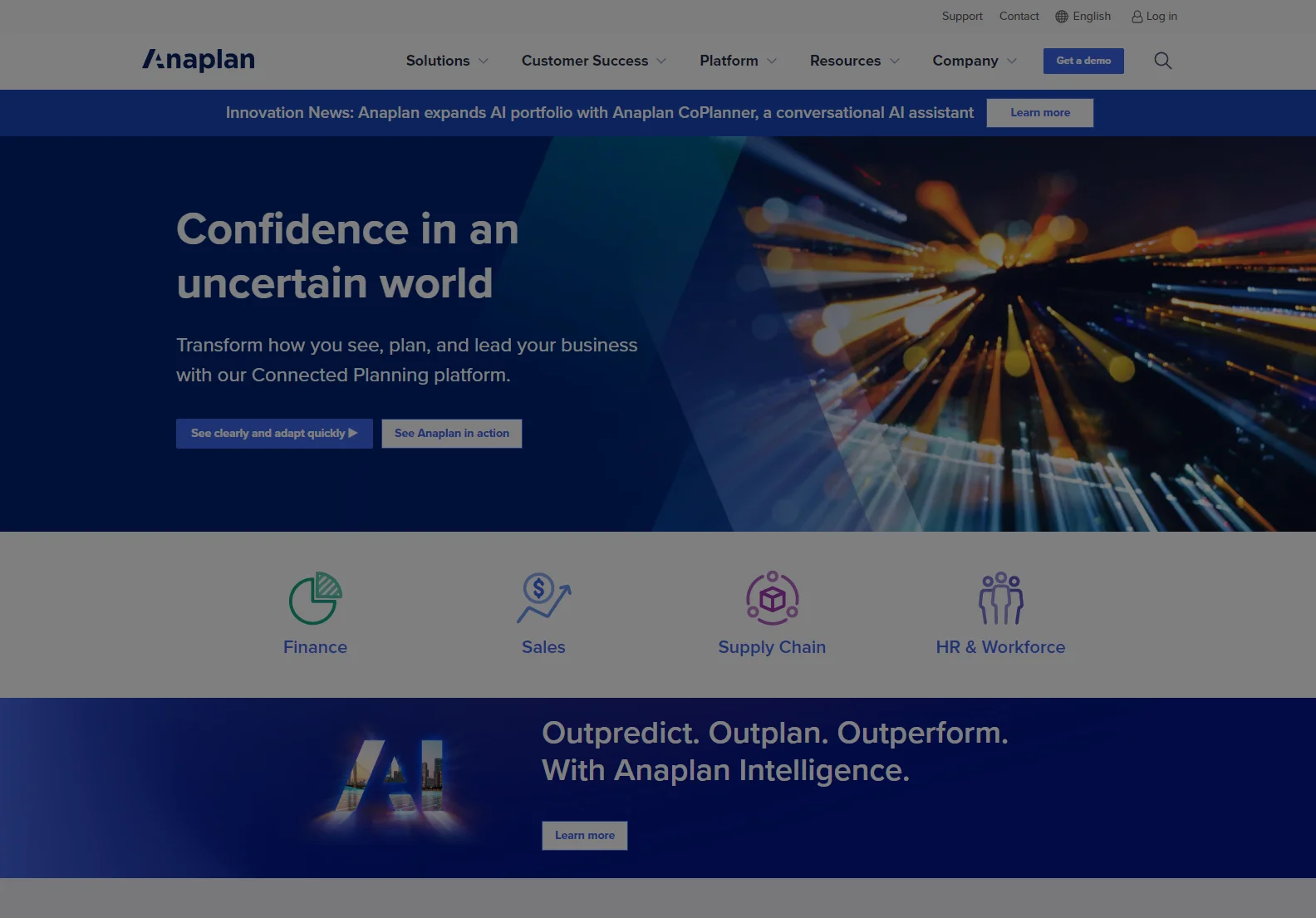Anaplan: Drive Business Performance With Planning Software
Anaplan is a leading planning software platform designed to help businesses solve their most complex planning challenges. It's praised by industry analysts like Gartner, Forrester, and IDC for its innovative approach to connected planning. This article will explore Anaplan's key features, benefits, and how it helps organizations across various industries improve their decision-making.
Key Features of Anaplan
Anaplan's core strength lies in its ability to connect various planning processes within an organization. This connected planning approach allows for real-time data visibility and collaboration, enabling faster and more informed decisions. Key features include:
- Hyper-flexible modeling: Anaplan's platform allows for the creation of dynamic models that adapt to changing business needs. This flexibility is crucial in today's rapidly evolving market.
- Real-time data integration: Seamless integration with various data sources ensures that plans are always based on the most up-to-date information.
- Collaborative planning: Anaplan facilitates collaboration among teams and departments, breaking down silos and improving communication.
- Scenario planning: Users can easily create and analyze multiple scenarios to assess the potential impact of different decisions.
- Advanced analytics: Built-in analytics capabilities provide insights into performance and identify areas for improvement.
Benefits of Using Anaplan
The benefits of using Anaplan extend across various departments and functions. Some key advantages include:
- Improved decision-making: Real-time data and connected planning lead to more informed and faster decisions.
- Increased efficiency: Automation and streamlined processes reduce manual effort and improve overall efficiency.
- Enhanced collaboration: Improved communication and collaboration among teams lead to better alignment and outcomes.
- Better forecasting: Accurate forecasting enables better resource allocation and risk management.
- Increased profitability: Improved planning and decision-making contribute to increased profitability and shareholder value.
Anaplan Use Cases Across Industries
Anaplan's versatility makes it suitable for organizations across various sectors. Here are a few examples:
- Finance: Financial planning and analysis, budgeting, forecasting, and financial consolidation.
- Sales: Sales forecasting, territory planning, and sales performance management.
- Supply Chain: Demand planning, inventory management, and supply chain optimization.
- Human Resources: Workforce planning, talent management, and compensation planning.
Comparisons with Other Planning Solutions
While Anaplan is a leading planning solution, it's important to compare it with other options available in the market. A direct comparison would require considering factors like specific business needs, budget, and technical capabilities. Some alternative solutions include [mention specific competitors, but avoid links]. Anaplan's unique strength lies in its connected planning approach and hyper-flexible modeling capabilities, which set it apart from many competitors.
Conclusion
Anaplan offers a powerful and flexible platform for connected planning, empowering businesses to make better decisions, improve efficiency, and drive growth. Its ability to adapt to changing business needs and integrate with various data sources makes it a valuable tool for organizations of all sizes and across various industries.

